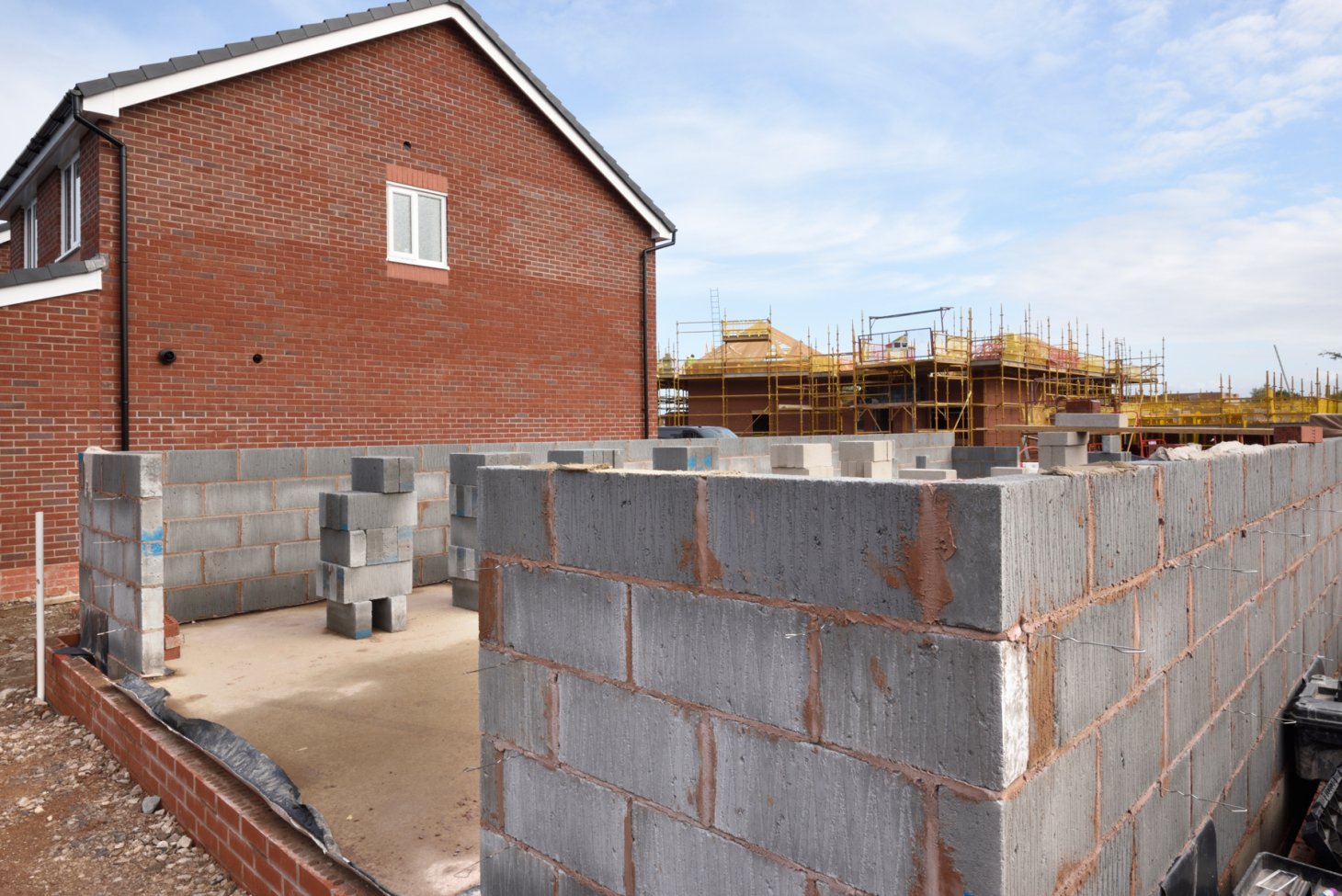
H+H aircrete is made from cement, lime, sand, water, pulverised fuel ash (PFA), and a dash of aluminium powder. Most of the carbon emissions associated with aircrete come from the manufacturing process of the cement and lime.
The primary raw material used in cement production is limestone. When limestone is heated in a kiln at a very high temperature it undergoes a chemical reaction (calcination). During calcination, limestone decomposes to form lime (calcium oxide) and CO₂ gas. The calcination step is where the majority of the CO₂ emissions in cement production occur.
However, limestone-based materials such as aircrete also absorb CO₂ during their lifetime. This is due to a chemical reaction which occurs when carbon dioxide from the air reacts with calcium hydroxide in aircrete to form calcium carbonate, sequestering the CO₂ in the process. This is called recarbonation.
It's due to this process that aircrete acts as a permanent carbon sink, absorbing carbon from the atmosphere over the course of its lifetime. As with conventional concrete, this process does not reduce the strength of aircrete. Recarbonation occurs not only when a house built with aircrete is inhabited, but also after it is demolished and the building materials used are recycled.
Recarbonation helps to offset the carbon emitted during the manufacturing process and has the potential to make aircrete carbon negative. Experts from the European Autoclaved Aerated Concrete Association (EAACA) have calculated that the recarbonation associated with aircrete could account for a 43% reduction of total CO₂e per m³ by 2050.
How does H+H aircrete maximise recarbonation potential?
According to current building standards, homes built in the UK today are expected to have a lifespan of 60 years. Homes built with H+H aircrete can last for over 100 years.
This longevity allows more time for recarbonation, which reaches around 80% after 50 years and 95% by 80 years. Aircrete can absorb 77 kg CO₂ per m³ if complete recarbonation is achieved.
How is H+H lowering manufacturing emissions?
While recarbonation can offset some of the carbon created during production, we are still actively working to reduce the CO₂ emissions released during the manufacturing process.
At least 85% of our carbon emissions are Scope 3. We are working with our suppliers who have robust plans in place to reduce their own emissions through innovative carbon reduction schemes.
Our lime supplier, Singleton Birch, is aiming to reach net negative CO₂ emissions by 2040 and is taking innovative steps such as building a zero-carbon enabled pilot lime kiln.
Our cement supplier, CEMEX UK, also has a roadmap to reduce its emissions. The company already uses 100% renewable energy sources for its electricity consumption, and 72% alternate fuels in its production of cement.
H+H is committed to achieving net-zero emissions in our operations and products by 2050.
See our UK sustainability roadmap for further details on how we are working towards reducing our emissions.